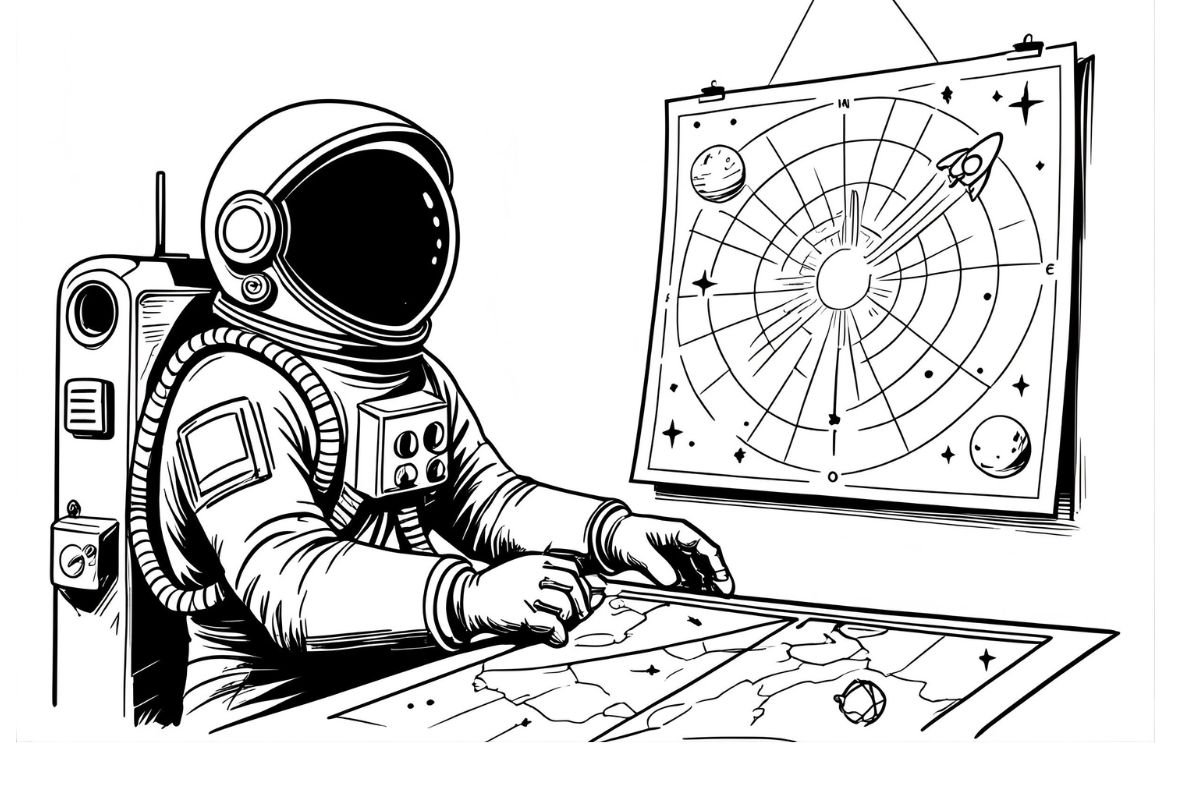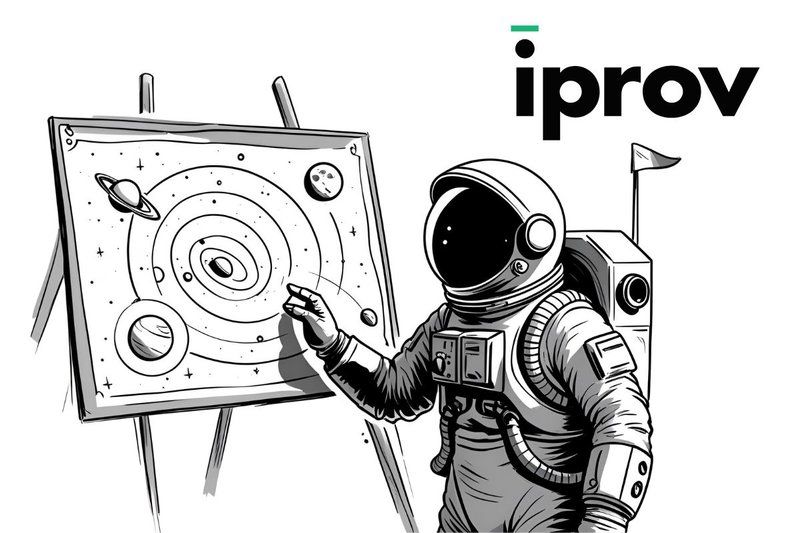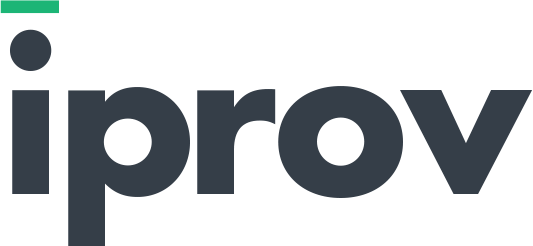
If you're running a business and want more leads, more sales, and better support, omnichannel marketing examples are where to begin. This approach showcases real brand examples like Lululemon, Bank of America, and Starbucks, which seamlessly integrate apps, stores, ads, and customer service. These brands excel by being present wherever their customers are. Want to achieve similar success? Explore further.
Key Takeaways:
- Lululemon uses events, brand ambassadors, and lifestyle content to boost in-store and online interaction.
- Sephora connects in-store and digital experiences using profiles, loyalty programs, and product tracking.
- Target blends Pinterest Lens and BOPIS for quick product discovery and pickup.
- Bank of America offers consistent banking experiences via Erica AI and large-scale tech investment.
- Starbucks links rewards, payments, and ordering across app, store, and SMS.
- Nike combines fitness, app features, and store tools through Nike Membership.
- Burberry integrates AR, touchscreens, and consistent design online and in-store.
- Disney syncs MagicBands and mobile apps for a connected travel experience.
- B2B brands use behavior-based data, CRM, and personalized LinkedIn/chat/email outreach.
- Healthcare provides timely patient alerts and follow-ups across platforms.
- Unified messaging depends on CDPs, CRMs, automation, and behavioral tracking.
- Loyalty programs (e.g., Starbucks, Ulta) align rewards and behavior across all channels.

Best Real-World Omnichannel Marketing Examples in Retail
Lululemon: A Lifestyle Integration
Lululemon masterfully blends retail, digital, and experiential elements to promote a lifestyle, not just clothing. Through yoga classes, brand ambassadors, and inspirational content, they create a cohesive brand experience that drives both online and in-store traffic.
Sephora: Seamless In-Store and Digital Loop
Sephora’s omnichannel strategy connects stores and digital experiences using unified customer profiles, loyalty programs, and tools like Try-On tech and Color IQ. This synchronization builds trust and enhances the shopping experience across all channels.
Target: Fun and Efficient Shopping
Target leverages Pinterest Lens for product discovery and BOPIS (buy-online-pick-up-in-store) to streamline shopping. This approach reduces friction and speeds up the process for busy shoppers.
These omnichannel marketing examples highlight the importance of tracking shopper behavior and connecting channels based on their actions. Start with clear goals, monitor behavior, and build adaptable systems.
Omnichannel Marketing Examples in Financial Services
Bank of America: Consistent Banking Across Channels
Bank of America delivers a seamless omnichannel banking experience. From AI assistant Erica to $14 billion tech investments, every service step is consistent and user-friendly, fostering customer trust and efficiency. More details on this are available in an external write-up.
Revolut and Chime: Fast Digital Solutions
Fintech leaders like Revolut and Chime focus on robust digital tools without branches. Using smart data, they provide personalized alerts and suggestions to enhance user engagement. Discover how fintechs thrive with high-value actions.
Key takeaways include:
- Frictionless channel switching.
- Unified customer views.
- Human and timely messaging.
These financial omnichannel marketing examples show the importance of reliable touchpoints and customer-centric tools.
Omnichannel Marketing Examples in Food and QSR Sectors
Starbucks: Unified Rewards and Payments
Starbucks exemplifies effective omnichannel marketing with a single account for mobile, rewards, and payments. Customers enjoy seamless ordering and loyalty rewards, ensuring engagement and satisfaction.
Chipotle: Customized and Quick Service
Chipotle offers easy order customization and smooth pickups via app-based alerts. Group orders and perks encourage community participation and boost loyalty.
McDonald’s: Consistent Support Across Channels
McDonald's employs messaging channels like Messenger, Twitter, and SMS to offer seamless support without issue repetition.
These omnichannel marketing examples illustrate the value of a smooth and integrated approach for enhancing customer experiences.
How Top Fashion and Lifestyle Brands Create Seamless Omnichannel Marketing Experiences
A seamless brand experience integrates every aspect of interaction. Here’s how leading brands achieve this:
Nike's Omnichannel Lifestyle Experience
Nike connects stores, apps, and fitness tools through Nike Membership. Users can browse the app, check store stock, and use Nike Fit for foot scanning. In-store, customers can skip lines by purchasing through the app. NikePlus remembers runs, tailors gear recommendations, and provides early access to new products, linking all actions to a single adaptable account.
Burberry's Digital and Storefront Omnichannel Integration
Burberry combines digital elements with high-end retail. In-store touchscreens showcase full outfits and behind-the-scenes videos. Customers can scan items for certifications or runway footage. Online, the aesthetic matches the store, and Snapchat AR allows virtual try-ons. Each interaction forms a cohesive experience.
Lululemon's Community Across Channels
Lululemon promotes more than clothing; they cultivate community through runs, classes, and talks, advertised via their app. Purchases lead to custom event recommendations, and the app assists in connecting with local brand ambassadors. Their loyalty program offers guided goals and inspiration, creating a strong brand community.
The unifying principle for these brands is delivering ease and relevance across platforms, avoiding isolated experiences.
Standout Omnichannel Marketing Examples in Travel and Hospitality
Disney's MagicBand: A Complete Travel Solution
MagicBand integrates various travel aspects, from hotel access to ride entry, in conjunction with the My Disney Experience app. It personalizes each visit by syncing actions like purchases and preferences, continually enhancing the guest experience.
Singapore Airlines' Cross-Device Flight Planning
Singapore Airlines facilitates flight planning across laptops and phones, with seamless check-in, seat selection, and real-time updates. This omnichannel strategy ensures a smoother journey with fewer hassles.
Travelodge: Simplifying Guest Interaction
Travelodge uses SMS to share Wi-Fi info and local tips after check-in, with subsequent offers for late checkout. This approach provides useful details at precise moments without requiring app usage.
These companies excel by focusing on guests and using data to guide the experience, ensuring relevance at every touchpoint.
Omnichannel Marketing Examples in B2B for Sales, Support, and Retargeting
Warmly's Personal B2B Engagement
Warmly employs tools like 6sense to pinpoint prospects. Representatives send personalized video intros via email and stay connected through thoughtful LinkedIn interactions. When a lead revisits, they are instantly engaged, ensuring timely and personalized communication.
Supermetrics’ Targeted Content Strategy
Supermetrics initiates engagement with insightful blog posts. High-intent page visitors receive tailored ads on platforms like Facebook and LinkedIn, adding chatbots for enhanced interaction. This approach makes engagement feel helpful, not intrusive.
TestGorilla's Seamless Retargeting
TestGorilla uses Gmail ads to remind users of recent activities and employs Facebook ads to re-engage non-converted users. Integrating CRM data could further personalize these interactions.
These B2B examples illustrate that success relies on clear data paths and relevant messaging aligned with the buyer's journey.
To achieve this:
- Link all tools.
- Track genuine actions.
- Tailor messages to specific actions.
- Allow timing to guide follow-ups.
This method ensures substantial growth through cohesive omnichannel marketing strategies.
How Are Healthcare & Pharma Adopting Omnichannel Marketing Models?
Healthcare marketing is evolving to deliver timely, patient-focused experiences driven by real behavior.
In pharmaceutical retail, systems alert patients about checkups or dosage changes after refills, helping to avoid care gaps. Pharmacies synchronize health records, app data, and refill timing to trigger alerts via text, app, or voice.
Appointment booking works seamlessly across devices. Patients can easily select open slots, receive reminders, and access post-visit information—eliminating the need for multiple apps or calls.
AI further enhances these interactions. For instance, if a parent typically books children's appointments at 8 p.m., messages are scheduled accordingly. If a child experiences a reaction to a shot, instructions are sent directly to the phone—creating a personalized experience.
Lifestyle care is emerging, allowing users to track sleep or nutrition. Based on changes, systems deliver real-time health content or offers, responding to lab results, device feedback, and self-checks.
Privacy rules must be robust to ensure these systems work effectively, as healthcare touchpoints require clear boundaries.
For those starting out, focus on key areas like missed checkups, and plan simple, interconnected steps (text, app, email) based on real behavior. These systems excel by syncing care steps into a unified flow, rather than relying on scattered tools.
Best Tools & Tactics for Omnichannel Marketing Examples in Unified Messaging
Consistency across platforms builds trust and keeps it.
Tools for Consistent Messaging
Customer Data Platforms (CDPs) collect information from every channel—apps, stores, chats, and emails—ensuring consistency across data.
Automation tools transform that data into timely actions. For example, a product browse followed by an email opening triggers a quick follow-up.
CRMs like Salesforce or HubSpot, and platforms like Shopify, enable you to:
- Send abandoned cart reminders.
- Acknowledge top customers.
- Trigger actions based on site visits or repeat behavior.
These tools are simple to set up and highly effective.
Importance of Unified Messaging in Omnichannel Marketing Examples
Unified messaging offers one tone and one story across platforms. Discrepancies between stores and emails lead to customer confusion and lost opportunities.
To prevent this:
- Establish brand guidelines.
- Use automation to maintain messaging consistency.
- Review all marketing materials before launch.
Consistency fosters confidence, which drives action.
Shaping Messaging with Customer Behavior
Customer behavior reveals preferences. If a user browses hiking boots, a targeted message like “Still thinking about the trail?” is relevant.
Mapping the customer journey helps identify the right touchpoints for messaging. Consider every interaction—from blog visits to support chats—and tailor messaging accordingly.
Personalization Across Platforms
Personalization is possible with connected data. If a user checks out a size M shirt in the app, follow up with email offers in that size—not XL—demonstrating attention to detail.
This level of personalization requires data and timing tools like Segment and Klaviyo. If engagement lapses, sending a lighter reminder may be appropriate. Matching tone and timing is key.
Prioritizing Platforms for Omnichannel Marketing Examples
Begin by understanding the tools your audience uses. Analyze metrics to identify which channels drive the most action. Focus on the strongest channels first, then expand gradually.
Experts suggest that around eight contact points are necessary to close a sale, ensuring all messages align to sound like they originate from a unified brand voice.
Executed well, unified messaging transcends strategy—it's a promise to the consumer. Honor it consistently.
How Does Data Integration Drive Omnichannel Marketing Success?
A key principle for successful omnichannel marketing is connected data. But why does data integration matter so much?
Importance of Data Integration in Omnichannel Marketing Examples
Data integration creates a unified customer profile by connecting shopper behavior across platforms. Consider Shopify: a customer might browse online but purchase in-store. Linked touchpoints enable personalized greetings and item recommendations, enhancing customer experience and boosting sales.
Leveraging First-Party Data
First-party data is vital as it’s direct, clean, and increasingly crucial. A Customer Data Platform (CDP) centralizes this data, with tools like Polar Analytics and Triple Whale tracking customer movement across clicks, carts, and purchases.
Enhancing Results Through Behavior Tracking
Behavior tracking links message, channel, and timing. Near-purchases can trigger emails or SMS follow-ups, while increased site visits without sales indicate potential issues. Automation tools like Shopify Flow tag and reward recurring customers and highlight sales gaps.
This approach elevates brands beyond "okay" to "great," driving meaningful results through timely and relevant marketing.
How Omnichannel Marketing Examples Use Loyalty Programs to Connect Touchpoints
Loyalty programs excel when they seamlessly connect online and offline interactions.
Omnichannel Loyalty Program Strategies
Starbucks allows point earnings through apps, in-store purchases, or cards, updating instantly for seamless integration. Proximity-based offers enhance habitual purchase behavior.
Ulta Beauty offers a unified program across emails, apps, and stores, with personalized offers based on purchase history. Both brands introduce innovative challenges and status tiers to engage customers and encourage progress.
By syncing all channels, loyalty programs foster repeat business and connect various touchpoints. This unified approach builds a comprehensive customer profile, ensuring customer engagement and retention.
Connect with iProv to Drive Growth of Your Business
Ready to elevate your marketing strategy and achieve remarkable results? It all starts with a focused goal. Here’s how iProv can help transform your business:
- Strategic Consulting: Collaborate with us to develop a unique marketing strategy tailored to your business goals. Our data-driven analytics ensure your campaigns are not only effective but also sustainable.
- Website Design and SEO: Enhance user experience and improve search engine rankings with our expert design and optimization services. We ensure your website attracts and converts visitors efficiently.
- Content Creation: Engage your audience with compelling content for blogs and social media. Our creative team crafts messaging that resonates with your target market.
- Digital Media Buying and Email Marketing: Reach a wider audience with precision-targeted ads. Our email marketing strategies build lasting connections with your customers.
- Graphic Design and Video Content: Capture attention with stunning visuals and engaging video content that tells your brand's story.
- Reputation Management: Protect and enhance your online reputation to build trust with your audience.
These proven methods aren’t just passing trends—they’re the future of effective marketing. Ready to transform your business?
